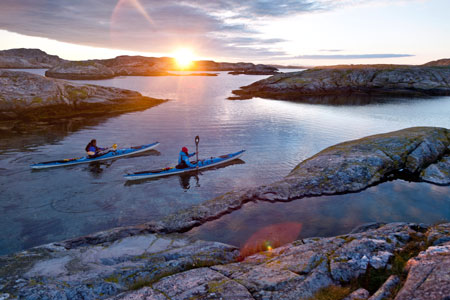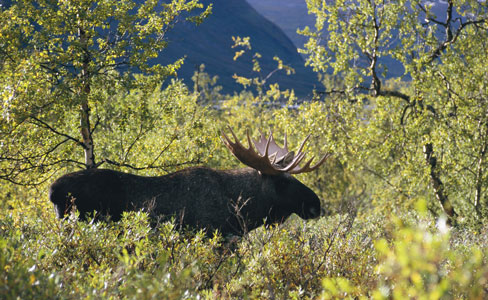Stockholm
Sweden in brief
The Swedish national flag, with a yellow cross on blue. Illustration.
Sweden is a sparsely populated country, characterised by its long coastline, extensive forests and numerous lakes. It is one of the world’s northernmost countries. In terms of surface area it is comparable to Spain, Thailand or the American state of California. Sweden’s borders have been unchanged since 1905 and the country has not been at war since 1814.
Extreme contrasts
Sweden experiences extreme contrasts between its long summer days and equally long winter nights. In the summer, the sun stays in the sky around the clock in the parts of Sweden north of the Arctic Circle, but even as far south as Stockholm (59°N) the June nights have only a few hours of semi-darkness.
The Gulf Stream
Considering its geographic location, Sweden enjoys a favourable climate. This is mainly because of the Gulf Stream, a warm ocean current that flows off Norway’s west coast. Scandinavia has been completely covered by ice during several periods of history. The most recent Ice Age ended only about 10,000 years ago, and the weight and movement of the ice sheet had a profound effect on the landscape. The hard outcrops of underlying rock were polished into the rounded shapes characteristic of Sweden’s archipelagoes, and hollows were deepened into valleys and lakes.
Varied scenery with a rich wildlife
With its variety of landscapes, Sweden has everything from bears and wolves in the north to roe deer and wild boar in the south. The country also has a wealth of flora and aquatic life, which contribute to its biological diversity. Much of the Swedish landscape is dominated by coniferous forests such as pine and spruce, with large forests of deciduous trees such as birch and aspen in the south. Because of their limestone-rich bedrock and favourable climate, the islands of Gotland and Öland and parts of the Scandinavian mountain range have an interesting flora that includes numerous varieties of orchid.
Numbers increasing
Along with its beautiful scenery, Sweden has a rich and varied wildlife. The wolf for example is expanding its habitat across northern and central Sweden. Bear, lynx and wild-boar populations are also increasing. Throughout the country there are large numbers of elk (moose), roe deer, foxes and hares. The elk is a great prize for hunters but is also a traffic hazard. Hunting is closely regulated, and many species of animal are completely protected. Winter bird life in Sweden is dominated by a few species, but summer brings large numbers of migratory birds from the south. With its long coasts and many lakes, Sweden also has a rich variety of aquatic life. Fish species vary from the cod and mackerel of the salty Atlantic to the salmon and pike found in the far less saline Gulf of Bothnia and in lakes and rivers. Herring and the smaller Baltic herring used to be an important staple food, but today are seen more as delicacies.



National parks
In 1910, Sweden became the first European country to establish national parks, mainly in the mountainous districts of Norrland. This helped save part of Europe’s last wilderness from exploitation. Numerous nature reserves and cultural heritage areas have also been established across the country. Under the Right of Public Access (Allemansrätten), anyone is entitled to hike through forests and fields and pick berries and mushrooms, without asking the landowner’s permission, but this right also carries with it an obligation to respect the natural environment and private property.
- Source: sweden.se/society/sweden-an-overview/
- Photo credits: imagebank.sweden.se/
Contact
For questions regarding the scientific programme, please contact Johanna Sandgren:
johanna.sandgren@ki.se
For questions regarding registration, please contact the conference administration secretariat, Academic Conferences: btbsymposium@akademikonferens.se
For questions and support regarding abstract submission, please contact the conference administration secretariat, Academic Conferences:
btbsymposium@akademikonferens.se

Important dates
5 Sep 2022
Abstract submission opens
14 Nov 2022
Extended deadline abstract submission
21 Nov 2022
Notification of acceptance
22 Nov 2022
Registration closes
1-2 Dec 2022
Barntumörbanken Symposium




